
Filter News
Area of Research
- (-) Biology and Environment (88)
- (-) National Security (18)
- Advanced Manufacturing (2)
- Biological Systems (1)
- Biology and Soft Matter (1)
- Computational Biology (1)
- Computer Science (1)
- Energy Science (56)
- Fusion and Fission (3)
- Materials (24)
- Materials for Computing (5)
- Neutron Science (58)
- Nuclear Science and Technology (1)
- Quantum information Science (1)
- Supercomputing (46)
News Type
News Topics
- (-) Bioenergy (27)
- (-) Biology (44)
- (-) Energy Storage (2)
- (-) Environment (61)
- (-) Machine Learning (13)
- (-) Mercury (6)
- (-) Neutron Science (3)
- (-) Security (6)
- (-) Summit (8)
- 3-D Printing/Advanced Manufacturing (3)
- Artificial Intelligence (11)
- Big Data (12)
- Biomedical (10)
- Biotechnology (7)
- Buildings (1)
- Chemical Sciences (4)
- Clean Water (8)
- Composites (1)
- Computer Science (18)
- Coronavirus (6)
- Cybersecurity (8)
- Exascale Computing (4)
- Frontier (3)
- Grid (3)
- High-Performance Computing (15)
- Hydropower (5)
- Materials (2)
- Materials Science (4)
- Mathematics (4)
- Microscopy (7)
- Nanotechnology (3)
- National Security (25)
- Nuclear Energy (2)
- Partnerships (2)
- Physics (1)
- Polymers (1)
- Quantum Science (1)
- Simulation (10)
Media Contacts
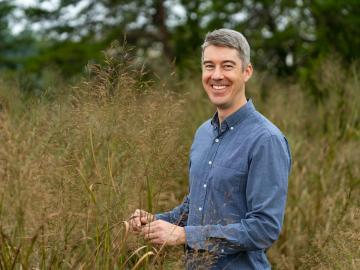
For ORNL environmental scientist and lover of the outdoors John Field, work in ecosystem modeling is a profession with tangible impacts.

A team led by ORNL and the University of Michigan have discovered that certain bacteria can steal an essential compound from other microbes to break down methane and toxic methylmercury in the environment.

Anyone familiar with ORNL knows it’s a hub for world-class science. The nearly 33,000-acre space surrounding the lab is less known, but also unique.

Moving to landlocked Tennessee isn’t an obvious choice for most scientists with new doctorate degrees in coastal oceanography.

Improved data, models and analyses from ORNL scientists and many other researchers in the latest global climate assessment report provide new levels of certainty about what the future holds for the planet
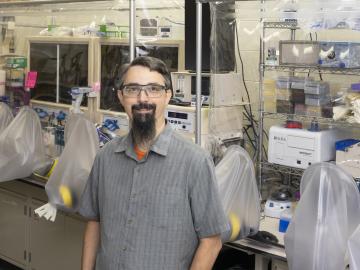
As a metabolic engineer at Oak Ridge National Laboratory, Adam Guss modifies microbes to perform the diverse processes needed to make sustainable biofuels and bioproducts.
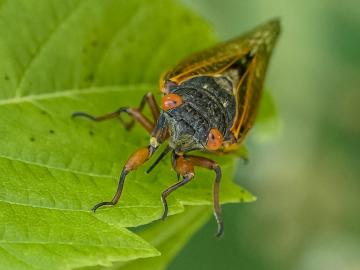
On the road leading to Oak Ridge National Laboratory, drivers may notice that many of the green trees lining the entrance to the lab are dappled with brown leaves. Just weeks past the summer solstice, this phenomenon is out of place and is in fact evidence of another natural occurrence: cicada “flagging.”

Scientists at ORNL and the University of Wisconsin–Madison have discovered that genetically distinct populations within the same species of fungi can produce unique mixes of secondary metabolites, which are organic compounds with applications in
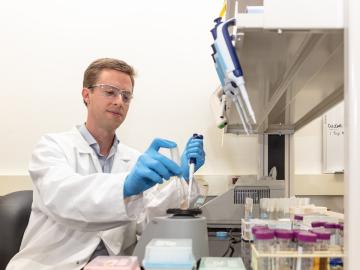
In a step toward increasing the cost-effectiveness of renewable biofuels and bioproducts, scientists at ORNL discovered a microbial enzyme that degrades tough-to-break bonds in lignin, a waste product of biorefineries.
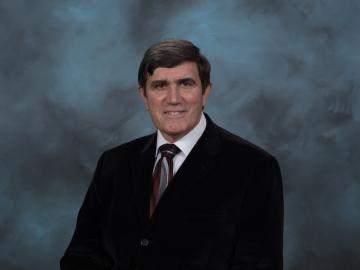
In a long career full of scientific accomplishments, Brian Davison counts among his many successes the formation of ORNL’s LGBTQIA+ employee group and helping gay and lesbian staff at the lab


